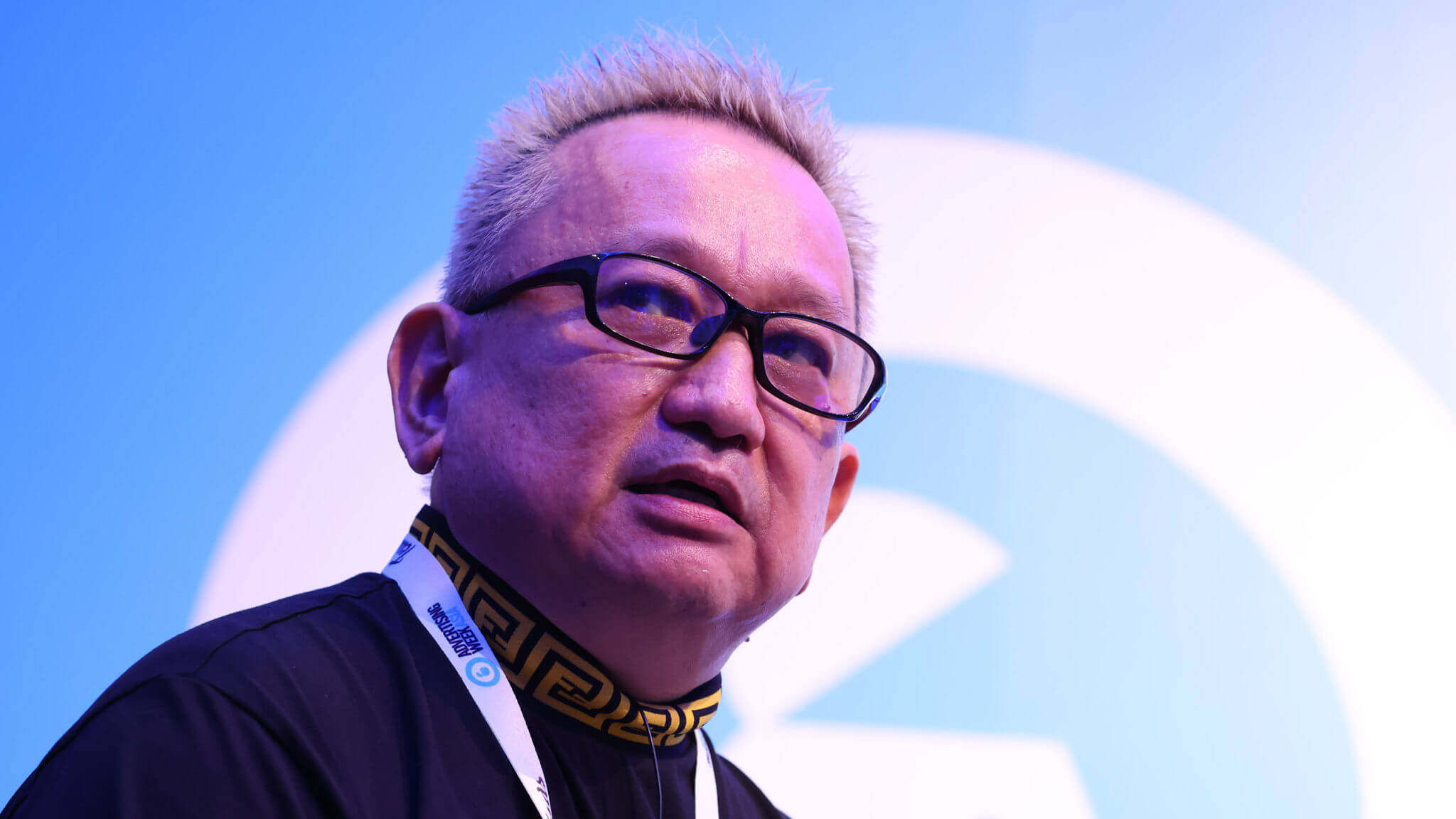
Ad Week Asia Event Recap: Building a [More] Connected TV Future in Japan
Magnite Team
September 28, 2022 | 5 min read
Although traditional TV still reigns supreme in Japan, the OTT landscape is up-and-coming, with an increasing number of Japanese audiences embracing Connected TV as a popular choice for streaming. At AdWeek Asia 2022, held in Tokyo, Magnite, along with a panel of experts from both the sell-side and buy-side, gathered on 31st May to discuss CTV’s presence in Japan and the future opportunities it presents.
CTV & OTT Growth in Japan: Content and Partnerships-driven
OTT and CTV uptake in Japan has been relatively slow compared to other parts of the world. However, with increased partnerships between major companies such as Rakuten and Toshiba to develop content for CTVs, along with people upgrading their existing TVs for the Tokyo Olympics, tides are changing for OTT and CTV usage in Japan.
CTV offers the best of both worlds, says Michael Beecroft, CEO of Group M for Northeast Asia. “You’ve got all the benefits from long-form quality content, but you can watch the content when you want to,” said Beecroft. “And I think it almost becomes what I call ‘primetime all the time.’”
CTV and OTT not only provide the best of traditional TV and the convenience of device choice to stream content on, the freedom of choice means that the audience for the ads is engaged.
Beecroft emphasizes that “outside of maybe cinema, I don’t see any other more engaging moment to communicate your brand. Then OTT and CTV and then, of course, because it’s connected, there’s a return path. So, you can bridge different areas of that funnel as well.”
Addressing OTT/CTV Uptake Amongst Advertisers
Given the backdrop of OTT/CTV landscape in Japan, what are the advertisers’ take on the future of OTT and CTV?
Narimi Horiuchi of Sapporo Beer mentions the perks CTV as a format brings to advertising clients. “One thing we are looking forward to, in utilizing CTV as part of our marketing plan, is for the ads (on CTV) to be able to capture the same ‘moments’ as traditional TVs are able to – while having the merits of digital advertising through targeting, etc,” said Horiuchi.
With CTV serving as a great hybrid option between traditional TV and digital advertising, OTT advertising hits the sweet spot for both advertisers and clients. “While there haven’t been many case studies for successful CTV campaigns in Japan, it’s interesting for us to see how we can take a proactive stance through showing them the ads and being able to measure it on top of it,” said Horiuchi.
PORTO’s Daiki Yoshida spoke on what audiences and clients can expect from the DSP operators regarding CTV. “With CTV, what’s important will be our ability to analyze and evaluate content within the CTV environment,” Yoshida said.
Yoshida also noted CTV’s impact on advertisers’ marketing activities. “We believe it is important for brands to analyze the use of CTV at specific points and the resulting indicators, and to share them with DSPs, while having a clear marketing goal in mind,” Yoshida added.
Future of CTVs
Both demand and supply-side experts shared their hopes for the CTV landscape in Japan. For advertisers, there was a unanimous agreement on the need for availability and accuracy in the measurement of the ads.
Ryuhei Terada of TBS spoke on TBS’s initiatives for CTVs, where “we are developing independent content for overseas publishers, along with formatting existing content for overseas streaming.” He also spoke on encouraging advertisers to take on CTV advertising as a format, as “we see the importance of offering measurements such as click, conversion, searchlight and brand lift, which are the baseline for digital advertising. The most important thing is that we are able to provide that environment for measurement even with a TV-like format.”
DAZN’s Matsutoshi Hirada also noted the unique positionality of CTV ads on their streaming platform. “As you know, DAZN provides streaming for sports tournaments such as J-league and professional baseball – which makes our content a certain niche,” said Hirada. “This means that our audience, regardless of demographics such as age or gender, is people who have the same interest. This puts us in the position of being able to capture a specific type of audience, and for us to think about with regards to ad placement.”
Ken Harada of Magnite Japan ended the session with a statement on the CTV landscape in Japan.
“(With CTV) the landscape, the audience takes control of the viewing environment, which changes things from the traditional TV experience,” said Harada. “Especially with CTV, while content can be watched on the same screen, on different formats, the user’s ad experience is the same – and that’s the most important thing for us. With CTV being able to be measured even when bought programmatically, we are looking forward to the growth of CTV in the future.”
Contact Us